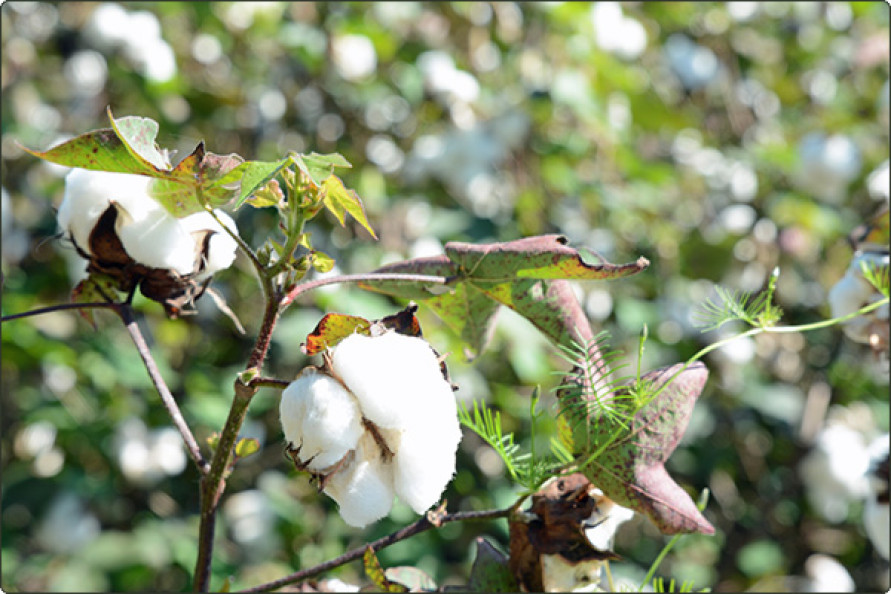Did cotton's finish in the last session at a two-month closing low of 67.31 cents a pound for December delivery herald something more significant?
"December futures are definitely starting to trend down more on the short term charts," Ecom said.
"If we see another night closing down 30 points [0.3 cents per pound] then this would be a good indication that momentum is building, and if momentum to the downside starts to build this market will have a downside break-out," the trading house said.
"With the low 66s cents per pound as a downside target we could see this area by early next week."
'We expect prices to fall'
At Commonwealth Bank of Australia, Tobin Gorey said that "we expect prices to fall further.
"The debate about where prices 'should' be will become more pressing once prices fall into the 66s".
At McCleskey Cotton, Ron Lee said that "the fact that Thursday's settlement was the lowest in two months will likely bring more speculative selling to the board, maybe as soon as Friday.
"The market certainly looks as if it wants to probe lower."
Supply vs demand
But not in early deals, when the December contract posted a small gain, of 0.1% to 67.37 cents per pound as of 09:30 UK time (03:30 Chicago time).
There is hope for bulls, largely from the demand side of the balance sheet, prospects for which were hardly dampened by US export sales data last week, unveiled on Thursday, of 253,200 running bales of upland cotton for 2017-18, up 64% week on week.
The December contract has, in dropping below 67.5 cents, gone to levels "where buyers had emerged several times in October", Mr Gorey said.
Mr Lee said that "demand is said to be resting heavily below 67.00 cents a pound", adding that "we may soon find out if that is indeed the case".
On the supply side, however, "you have thousands and thousands of bales waiting to be hedged on the slightest hint of a higher move" in prices.
"If those two collide, you get, guess what, a market that continues to largely go nowhere."
Dollar rises
There remained something of that feeling in grain markets too, where price moves were hardly substantial in early deals.
That said, they were largely positive, despite a firm dollar, which added 0.4% against a basket of currencies, boosted by the US Senate's approval of a budget that bolstered hopes of President Donald Trump succeeding in pushing through tax reform measures, including lower corporate levies.
A stronger dollar cuts the affordability of assets, such as many agricultural commodity derivatives, denominated in the currency.
Source: Agrimoney

